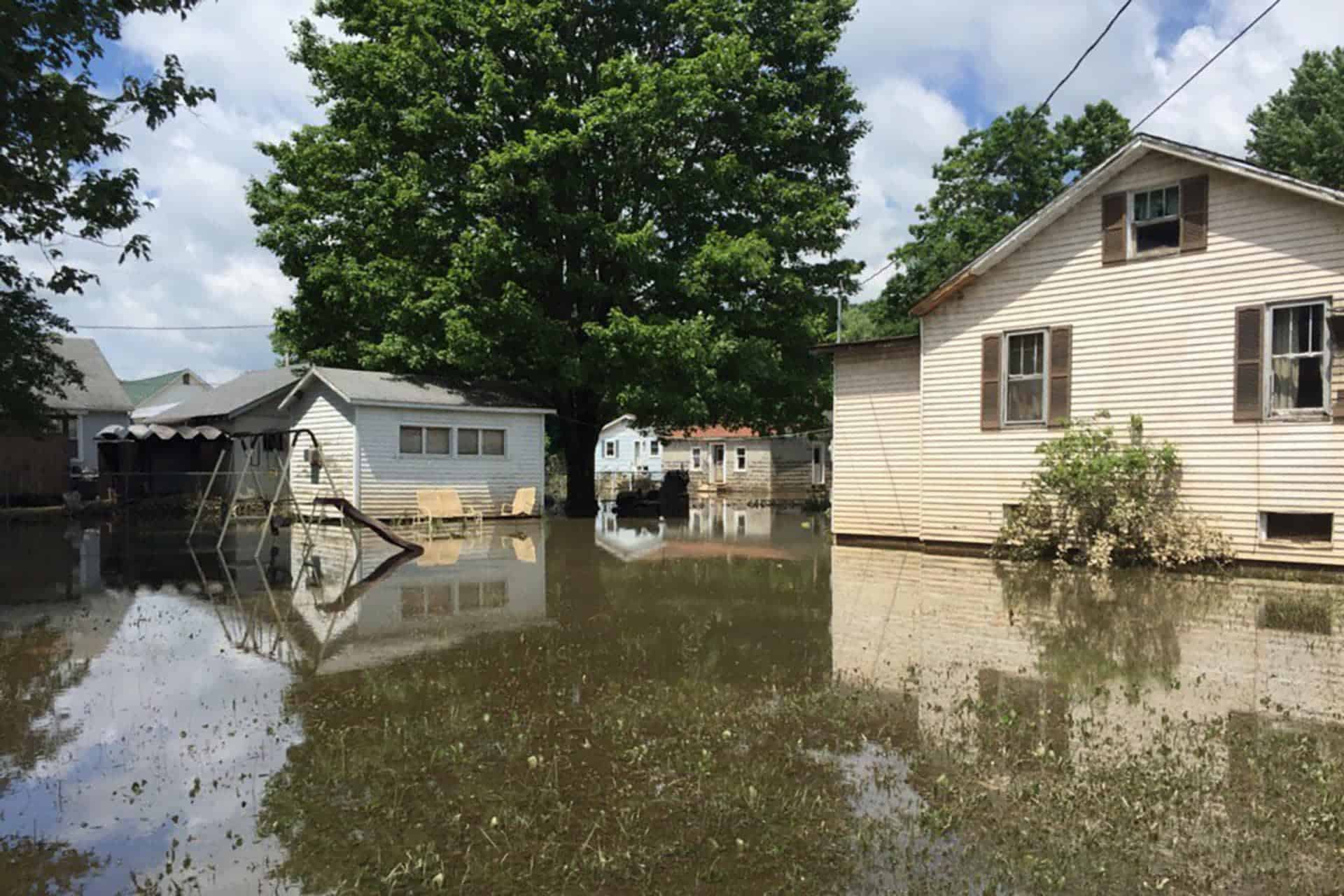Using data and numbers, a West Virginia University statistician is developing new methods to predict extreme weather events, financial downturns and pollution levels.
Mihyun Kim, assistant professor of statistics in the WVU Eberly College of Arts and Sciences School of Mathematical and Data Sciences, has earned funding from the National Science Foundation to create statistical tools to address these issues.
“This research is about more than just numbers,” Kim said. “It’s about using advanced statistical tools to better understand and prepare for extreme events that can have profound impacts on our lives and economy.”
Kim’s research seeks to answer questions like, “How likely is it for location A to experience heavy precipitation patterns similar to those observed in location B on the same day?” or “During a stock market crisis, do returns on different sectors exhibit similar extreme daily trajectories?”
Currently, there is a shortage of appropriate statistical tools for analyzing extreme behavior in high-resolution, curve-type data. Functional data, which is a set of curves, can be observed in disciplines such as daily temperature, precipitation, pollution concentration patterns and intraday stock return curves. This data represents a whole curve or function, not just a single value.
“For example, instead of just noting how much it rained today, functional data would record how the rain changed every minute of the day,” Kim explained. “So, if we have minute-by-minute data, we can create a smooth line that shows exactly how the rain went up and down throughout the day.”
“In finance, rather than only recording the closing price of a stock each day, functional data tracks how the stock price moves all day long. This way, we get a complete picture of what happened throughout the day, not just one number at the end. It helps us understand the full story of how things change over time.”
A key component of this research will be the creation of a tool called the “extremal correlation coefficient,” which will measure how likely it is that extreme curves in data exhibit similar patterns simultaneously.
This research could be crucial in regions with diverse topographies, such as West Virginia. The state’s mountainous terrain with creeks and rivers is highly susceptible to flash flooding.
“The 2016 flash floods in West Virginia, a one-in-1,000-year event, caused 23 fatalities and an estimated $1 billion in damages,” Kim said. “The mountainous topology across the state led to varied flood patterns, concentrating risks and damages in certain areas. I believe that my risk assessment tools can help enable better preparedness and response strategies, ultimately protecting lives and property.”
Kim added that her risk assessment tools are adaptable to other mountainous states and applicable to various disciplines requiring risk management. She hopes government agencies will use the tools for disaster preparedness and response.
Furthermore, her research aims to assist financial institutions in managing risk exposure more effectively.
“Given that millions of Americans have savings in retirement plans, accurately quantifying the risk of catastrophic financial losses is essential,” Kim said. “By providing precise measurements of risks associated with extreme market conditions, this project supports national efforts to safeguard economic security.”
The project will involve undergraduate and graduate students in statistics and mathematics research.
To enhance the impact, Kim plans to collaborate with researchers from environmental science, economics and engineering at WVU. Additionally, she aims to connect with government agencies and organizations to gain access to real-world data and opportunities to address these issues further.

















